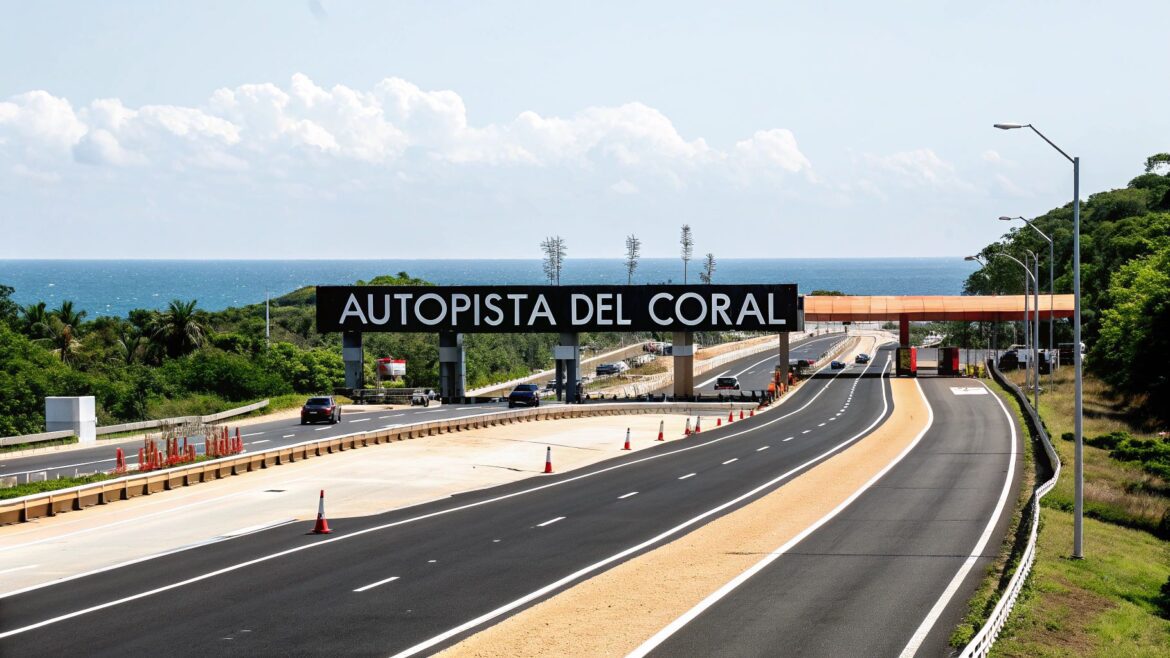Punta Cana, Dominican Republic – The Coral Highway has become a defining line in the history of the Dominican Republic’s eastern region — a project that not only reshaped geography, but transformed an entire economy. Once plagued by crumbling roads and arduous travel times, the area is now home to one of the Caribbean’s most efficient and profitable tourism corridors.
From Remote Outpost to Global Destination
Before the Coral Highway opened, reaching Punta Cana or Bávaro from Santo Domingo was a daunting, four-hour trek through congested towns and unpredictable traffic. The journey tested the patience of tourists and complicated daily operations for the region’s booming hotel industry.
That changed dramatically with the opening of the Coral Highway — a modern, high-speed route linking La Romana and Punta Cana International Airport. Travel times were slashed, logistical nightmares ended, and the region’s accessibility shifted overnight.
“The highway was the game-changer we didn’t know we needed,” said one tourism official. “It connected the country’s top tourism asset to its capital, ports, and key infrastructure — and it did it fast.”
Time Is Money: A Game-Changer for Tourism and Logistics
The La Romana–Punta Cana stretch, once a slow and grueling drive, now takes just 30 to 40 minutes. For international visitors arriving through Santo Domingo, the new highway means they can be sipping cocktails at their beach resort in under two hours — a significant upgrade to the tourist experience.
But the benefits extended beyond leisure. Thousands of resort workers from surrounding cities like Higüey gained a safe, quick commute. Supply chains to the region’s hotels became more efficient, reducing costs and delays.
The Catalyst for an Economic Surge
Beyond the asphalt, the Coral Highway sparked a cascade of investment and development. The improved infrastructure gave investors the confidence to commit — and the numbers show it:
-
Hotel Boom: New resorts rapidly emerged, while existing properties expanded, confident in the reliable flow of tourism.
-
Real Estate Surge: Luxury villas, residential complexes, and gated communities flourished along the corridor, attracting both locals and international buyers.
-
Commercial Growth: Malls, restaurants, and service providers flooded the area to meet rising demand.
A Highway That Became a Lifeline
Far more than a road, the Coral Highway has become the economic spine of the eastern Dominican Republic. It laid the groundwork for Punta Cana’s emergence as the Caribbean’s top destination, transforming the region into a beacon for tourism, investment, and development.
In the words of local planners, “This wasn’t just infrastructure. It was the launchpad for the Dominican Republic’s future.”

